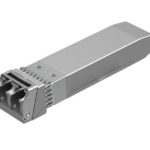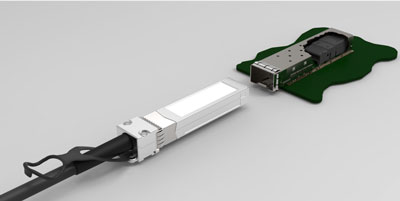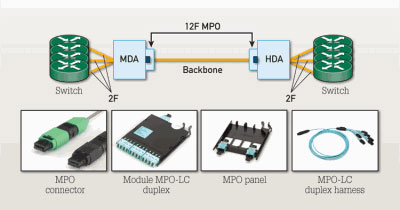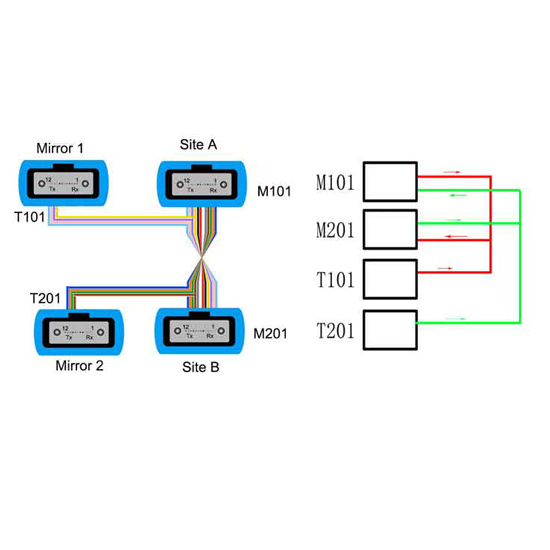Q1: What are the SFP-DD and DSFP form factors?
A1: The SFP-DD is short for Small Form-factor Pluggable — Double-Density and SFP-DD form-factor is defined by the SFP-DD MSA, while the DSFP is short for Dual Small Form-factor Pluggable and is defined by the DSFP MSA. They are a compact SFP-like form factor with 2x 50Gb/s PAM-4 electrical lanes in each direction to enable a total bandwidth of 100G per port.
Q2: Why there are SFP-DD and DSFP form factors in the market?
A2: While both the SFP-DD and DSFP achieve the same objective (supporting up to 100G in an SFP-like form factor). The SFP-DD and DSFP have seen varying levels of deployment in different geographical regions: The DSFP in Asia, and the SFP-DD outside Asia.
Q3: Can SFP-DDs or DSFPs be used in 10G, 25G, or 50G SFP ports?
A3: No. SFP-DDs should only be inserted into SFP-DD ports, and DSFPs should only be inserted into DSFP ports.
Q4: What is the complete set of ethernet speeds that each SFP-DD / DSFP cable supports?
A4: Each SFP-DD and DSFP port consists of a 2-lane electrical interface, enabling a total bandwidth of 100Gbs per SFP-DD and DSFP port, realized by a maximum data rate of 50Gb/s per lane. Each lane can be operated at lower speed data rates, and since the SFP-DD and DSFP DACs are passive copper cables, the cable does not impose restrictions on lane speed configuration (except that each lane must be operated at 50Gb/s or lower data rate).









